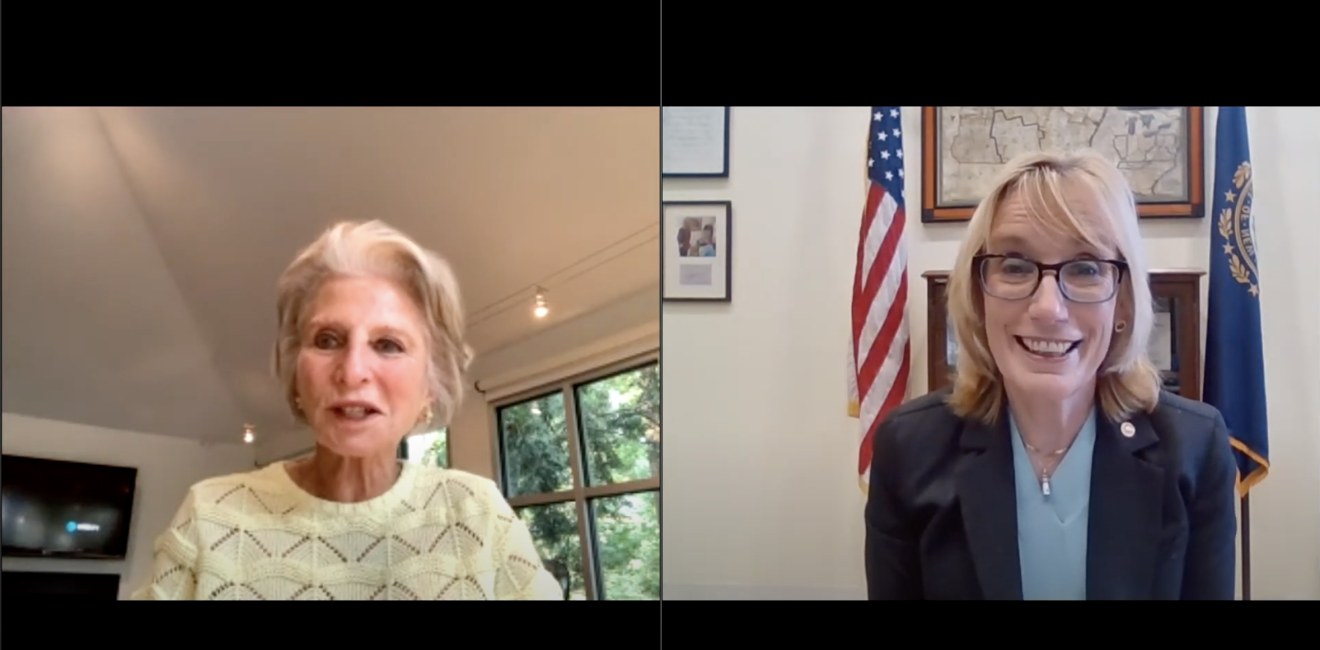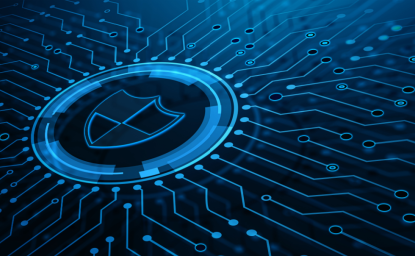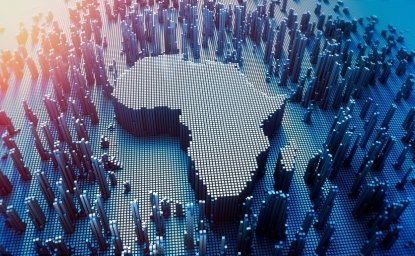One potential solution is public education, on par with other public education campaigns, “a concerted, almost public relations effort to educate our kids on the nature of disinformation in cyberspace, basic cyber hygiene, and cyber literacy,” stated Rep. Gallagher. Outreach and education could prepare government, industry, and the public with the knowledge necessary to protect their valued resources. Cybersecurity literacy should begin at an early age, planting the seeds of awareness and developing the next generation of cyber leaders.
Part of the problem seems to be the existing tactics used in both cybersecurity literacy as well as in recruitment for that next generation of cyber experts. In both cases, cybersecurity is seen as a nebulous, intimidating, blackbox. Cyndi Gula, Managing Director and Co-Founder of Gula Tech Adventures, suggests being “able to talk to the public in a way that’s not scary” about the commonly perceived monolith that is cybersecurity, breaking down the abstract domain into digestible pieces. “We need to stop calling cyber ‘cyber’ and start calling it ‘data care’ to make it sound more approachable,” Gula added, “We need people to understand that cyber is not just one thing and there are so many places to go -- offense, defense, etc.”
This would also help mitigate cybersecurity’s other problem: recruitment. “We talk about this workforce gap and we lose people because they are intimidated,” Dunlop pointed out. In a field not known for its transparency or approachability, efforts to unblackbox cybersecurity professional careers for broader audiences would widen the pool of recruitment, ensuring a healthy pipeline in the workforce in the long-term.
Navigating the Ever Changing Threat Landscape
During his lunchtime keynote address, David Sanger, Chief Washington Correspondent for The New York Times and author of The Perfect Weapon, written at the Wilson Center as a Distinguished Fellow, left the audience with an interesting metaphor about the US’ unique security condition. “It's hard to throw rocks when you live in the glassiest house there is and we live in the glassiest house,” said Sanger, “We live in the house that is most connected to the internet. We live in the house where people have the highest chance of getting disconnected from something that they really care dearly about.” In the US, most internet capacity is in the private sector, which presents a unique security paradox in the context of other global efforts.








